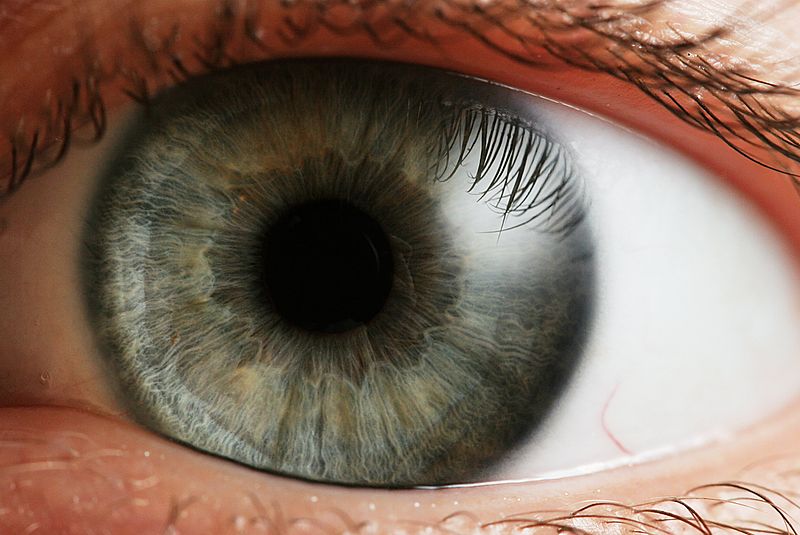The eyes may not only be the window to the soul, but now, they are a window to early-stage Alzheimer’s disease. A new study links changes in the eye to Alzheimer’s disease, noting that structural changes in the retina—specifically the retinal pigment epithelial layer and the choroidal layer—could signal Alzheimer’s.
Researchers at Cedars-Sinai in Los Angeles used a laboratory rat model and post-mortem human retinas from donors with Alzheimer’s disease and found that changes in the retina were strongly associated with the disease.
Alexander Ljubimov, Director of the Eye Program at the Cedars-Sinai Regenerative Medicine Institute and co-author of the study, said in a press release, “Greater magnitude in these eye abnormalities may mean a greater chance of a patient having Alzheimer’s disease. We found that a rat model showed similar signs to the human ailment in the eye. If true in a larger number of humans, these findings may be used to study Alzheimer’s disease mechanisms and test potential drugs.”
A previous study suggested that beta-amyloid plaques, which typically build up in the brain of a person with Alzheimer’s, may actually first appear in the eye’s retina. These two studies are opening doors to further research, where people who have no outward symptoms of Alzheimer’s, could potentially know in advance if they will suffer from the disease.
Resource: http://www.everydayhealth.com/columns/keith-black-brain-health/eyes-early-signs-alzheimers-disease/




